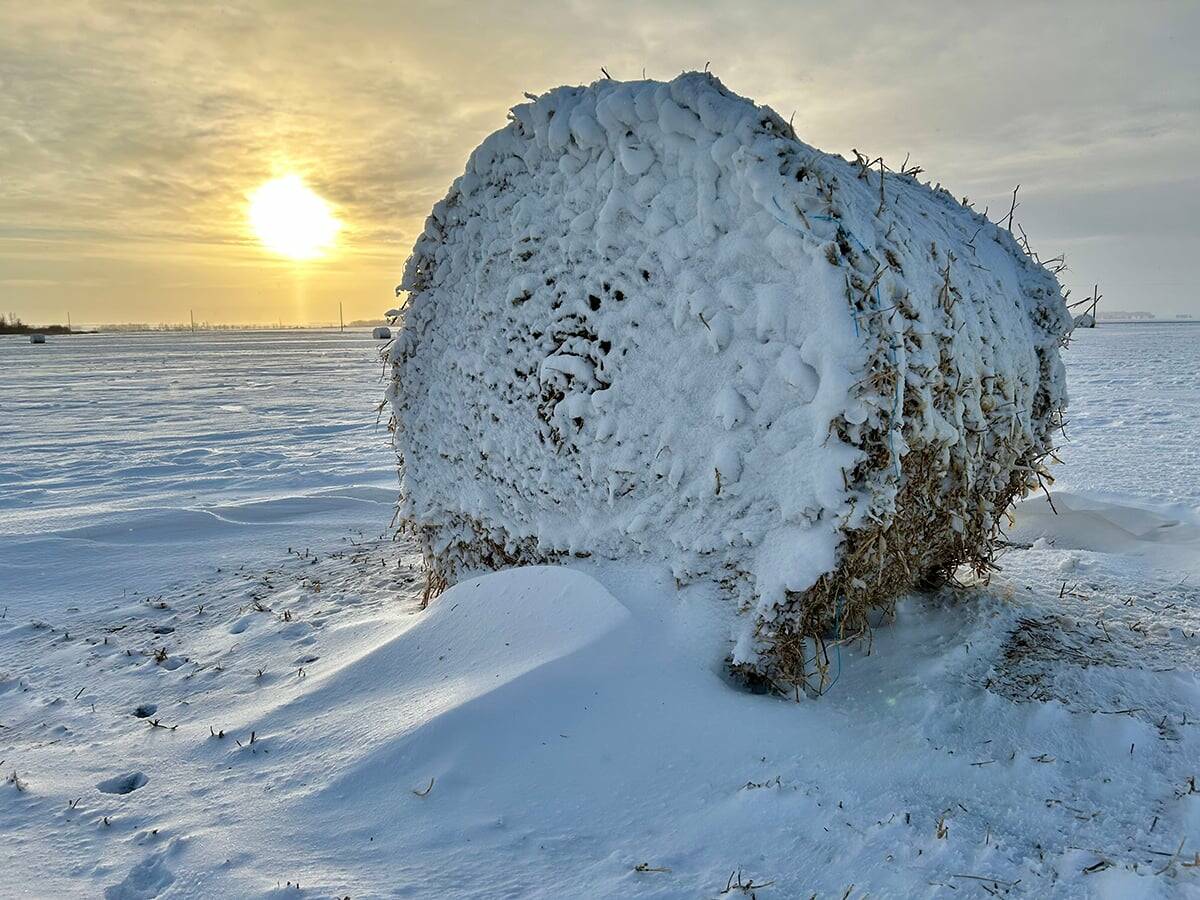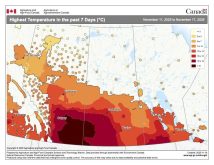The first thunderstorms have appeared in our region, so it’s time for our annual look at thunderstorms. But first, let’s continue our Meteorology 101 class to build on the base of knowledge needed to understand thunderstorms in more detail.
In our last lesson, we looked at atmospheric circulation. On a simplified Earth, we would have thermally produced areas of high pressure over the poles due to cold sinking air. We would also have a region of low pressure around the equator because intense sunshine creates warm rising air.
Read Also

What is perfect Christmas weather?
What is ‘perfect’ Christmas weather on the Prairies? Here’s where you should head this holiday, according to historical weather data.
Then we looked at how air flowing from the tropical area of low pressure would result in a region of high pressure known as the subtropical high. We also looked at an area of low pressure that would be produced along the edge of the arctic high.
If you lived in the region of either the polar high or the tropical low, weather would be fairly consistent. There would still be some day to day variation but no large swings. If you have ever travelled to the tropics, you probably remember the daily forecasts didn’t change much.
The same holds true for the high Arctic, except there is a little more variation due to having six months of no sun and six months of sun. It has seasons.
The weather in the first of our two regions — namely, the subtropical high — is also fairly consistent. These areas of high pressure cover the regions known as the great deserts. They are typically sunny and hot during the day, with clear, cool nights.
Little rain falls in these regions because they are consistently under the influence of high pressure. These areas are warm and dry for much the same reason that the Chinook winds off the Rocky Mountains are warm and dry.
As warm, moist air rises over the tropical regions, moisture condenses and clouds begin to form. When moisture condenses, it releases the heat it took to initially evaporate. This heat is added to the rising air, further warming it.
This rising air eventually reaches the top of the troposphere and spreads northward or southward, depending on hemisphere. Since we live in the Northern Hemisphere, we will use this as our reference point.
This northward-moving air is forced toward the ground when it reaches around 25 degrees latitude. This occurs because the air slowly cools as it moves away from equatorial regions and loses heat to the air around it. As it cools, it becomes denser and heavier, causing it to sink.
As the air sinks toward the ground, it warms due to compression. The air can get hotter than the original air from the tropics due to the heat added when moisture in the tropical air condensed. During condensation, the heat needed to evaporate the moisture is released back into the surrounding air. So, this descending air is really hot and very dry.
That explains why we have desert regions, and why most of the planet has fairly predictable weather. But why do the mid-latitudes have unpredictable, complicated weather?
Conditional stability
Well, some of you have pieced it together. It has to do with the fact that we are in the dynamically produced area of low pressure. Air is typically being forced to move upward, much like the tropics, but without the intense heat.
Add to this a strong Coriolis force and then a messy interaction of land and water (at least in the Northern Hemisphere) and we get a region of stormy, chaotic weather.
The weather in our area of the world is so chaotic that we will have to discuss it in a future class. However, if we are going to eventually tie this into our future discussion of thunderstorms, we need to explore atmospheric stability.
There are three types: stable, unstable and conditionally stable. In a stable atmosphere, if a parcel of air is moved or displaced upward, that parcel wants to return to its original position as it remains cooler than the air around it.
In an unstable atmosphere, if a parcel of air is lifted, it will want to continue to rise since it is warmer than the air around it.
Conditional stability means the parcel of air, if moved upward, will either sink or will rise if condensation starts to occur and heat is released. We will go into more details in the future. Until then, let’s hope the mild weather sticks around and we see a nice transition into summer.
















